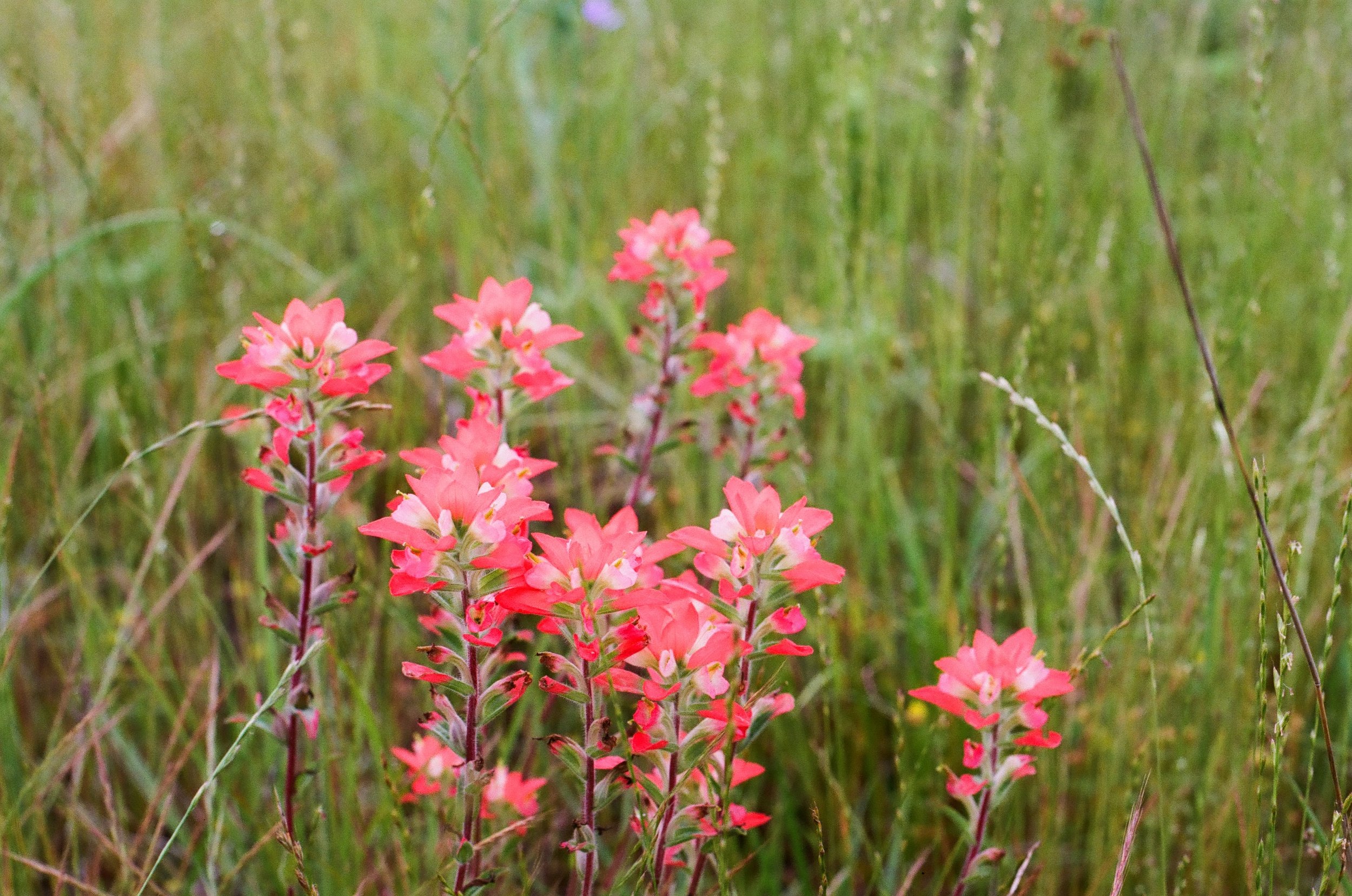BIODIVERSITY
Biodiversity is integral to life as we know it, worldwide and here in our watershed. Maintaining the environmental health of our land and water is critical to biodiversity.
Sundance Nature Alliance engages in restoring ecosystems and establishing protected areas—arresting habitat destruction, invasive species, and exploitation of resources.

Invasive Plants vs.
Native Plants
These plants were typically introduced either accidentally or intentionally and unfortunately cause both economic and ecological harm to an ecosystem. Native Plants provide food for wildlife. Their deep root systems retain moisture from snow and rain runoff—and, they combat climate change by capturing carbon in their 30-40 deep root system.
Sundance Nature Alliance continues to work with the Utah Department of Agriculture Invasive Species Management (ISM) Program and Ecology Bridge on a management plan to:
Protect native plant species through appropriate suppression of invasive plant vegetation.
We have developed a native grass and wildflower seed mix that will be used to re-seed disturbed areas caused by construction in the canyon. This seed mix will both support wildlife habitat and sink deep roots to sequester carbon.
Look for these plants in the Sundance Canyon around your home or when you are out hiking.
Pollinators
Here at Sundance, native bees, moths, flies, beetles, butterflies, and birds, pollinate the native plants that provide food for wildlife and sink their roots deep into the ground capturing carbon and preventing erosion.
Fire Ecology & Bark Beetle
The ongoing drought brought on by climate change and fire suppression has led to a dramatic increase in bark beetle infestation, placing our canyon at an increased risk for wildfires.
Sundance Nature Alliance will continue our partnership with the Utah State Office of Forestry, U.S. Forest Service to treat conifer stands for bark beetle using pheromones, selective thinning, and monitoring with the goal of reducing bark beetle impact.
“Find your place on the planet, dig in, and take responsibility from there.”
GARY SNYDER
Big Horn Sheep
These lands are critical habitat to wildlife, including Bighorn Sheep, Rocky Mountain Elk, Shivas Moose, Mule Deer, the endangered June Sucker, Columbia Spotted Frog and one of two nesting sites in Utah for the threatened Black Swift.
Hunted to extinction in 1927, Robert Redford and conservation partners worked to re-introduce Big Horn Sheep to Mt. Timpanogos in 2000.



